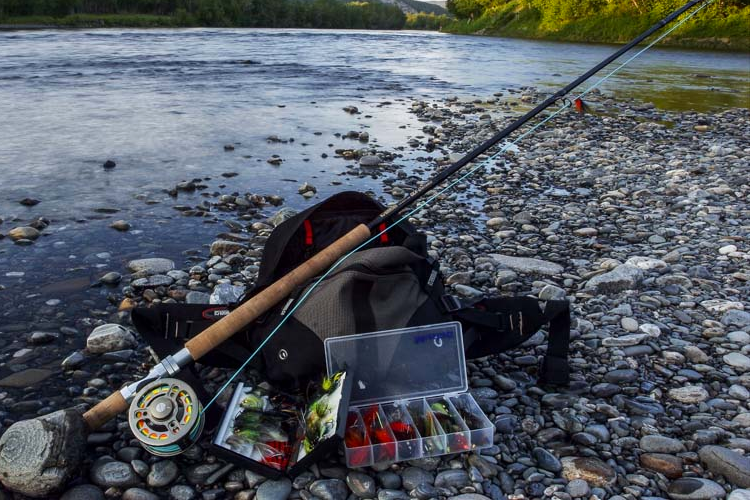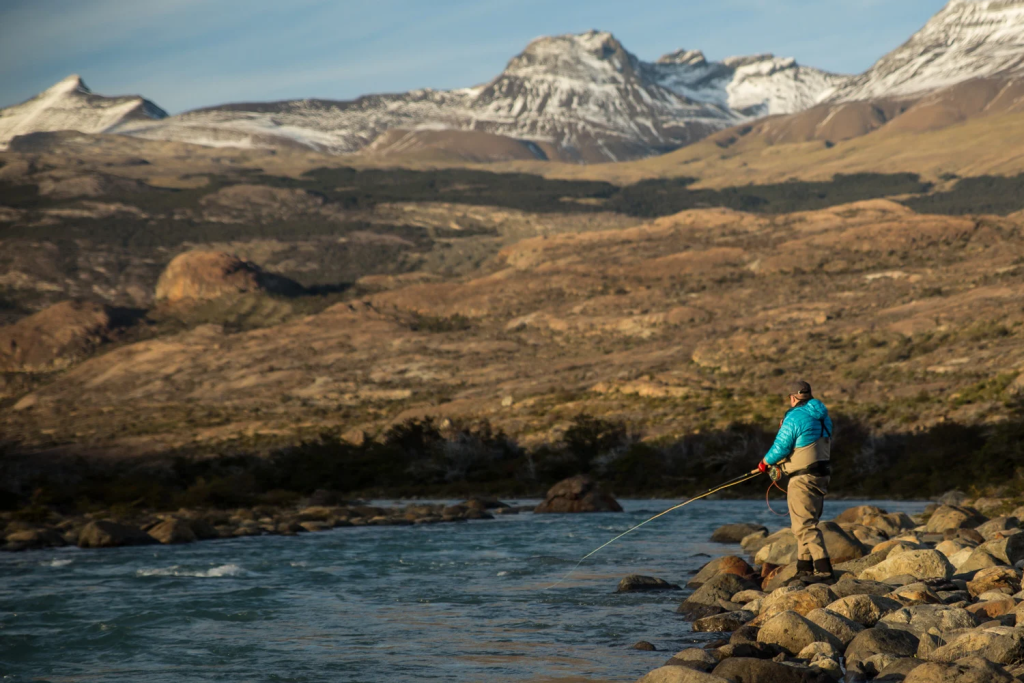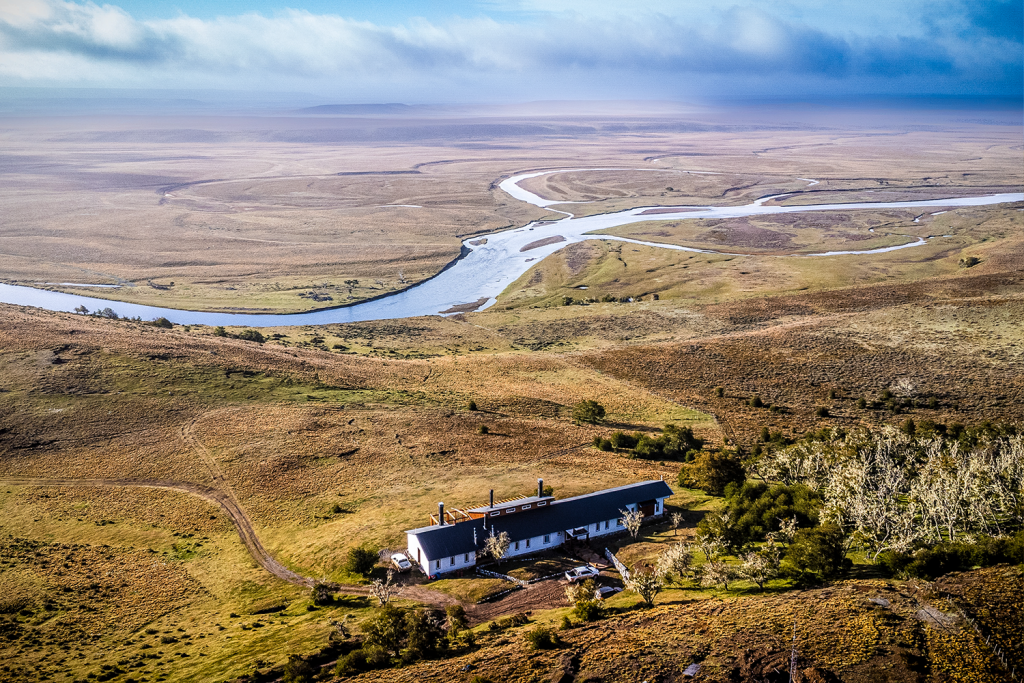You can see the fish rising. You know exactly where to place your cast. The hatch might as well spell out what you should pull out of that fly box as it shouldn’t take much more than beginner’s luck.
We all know it is never as easy as that and there are millions of things that all count toward getting things right and for the fish to take. Below are our 10 favourite tips for improving almost any dry fly fishing experience so you can beat beginners’ luck.
1: Be Realistic Matching the Hatch
The blizzard of any hatch guarantees a bonanza for hungry fish. Multiple families and species of insects brainlessly compete in countless numbers for your attention. Which ones do you put on to match the hatch? The best option is to look at taking fish and see if you can spot what type and size of flies they are taking. look in your box for something as close as possible and if you do not get any takes and fish are still rising change fly again and again.
2: Look for the Big Ones
Little fish splash with enthusiasm and feed with frenzy. Big fish rise with a graceful economy of motion that’s easy to miss. When you see the nose smoothly break the surface and then disappear with hardly a ripple on the water, you’ve just spotted a fish worth stalking.


3: Don’t Let Them See You
Big fish get that way thanks to evolutionary levels of caution and speed. They really do see you, so keep your angling profile low. Sneak up on a huge holding trout from behind and just off to one side. Sometimes, you have to crouch to get that dry fly out there. Take your time in your approach as often you will only get one cast so make sure it’s going to count. better to take your time and get in a better casting position and angle than rush it.
4: Cast Above the Rise
Think about how a trout moves from holding to arise. He doesn’t levitate straight up like an aquatic elevator. He drifts up and back, and then he takes his bite. Cast several feet in front his rise so that your fly presents just upstream in the current lane from his holding position. This way it gives you the perfect position for the fish to have time to both see the fly and time to react to take it.
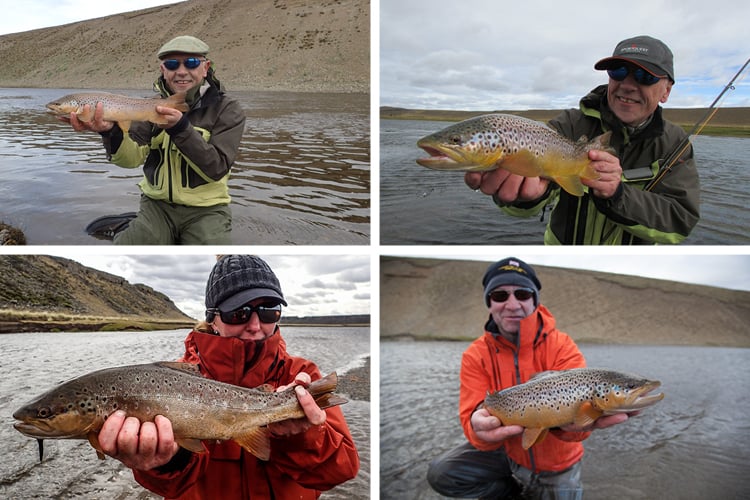

5: Keep Your Lines Clean
If you’re not getting a drag-free drift from your line, make sure it’s clean. The smallest amount of anything can weigh down line tip and so can slightly sink the line, this will result in a loud slurping noise as you lift the line of the water which will alarm any fish in close proximity.
6: Keep Your Leader Straight
We ask a lot from leaders working dry flies. We want them to be stiff enough to turn over for the perfect presentation but soft enough to flex into a natural drift without remembering kinks. Always check your leaders and if it’s not hanging straight with curls in it, change your leader or even change the brand of leader you are using. Try to imagine the most natural presentation as possible.
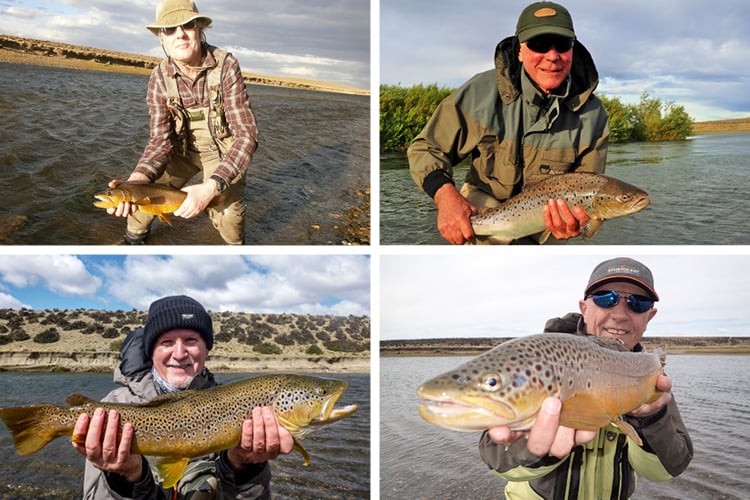

7: Remember Basic Tippet Maths
One tippet size can handle three or four dry fly sizes, but we like the precision of an easy formula. A good tip to remember is just divided your hook size by three to get your leader size. It’s only a guide as sometimes in dirty water or windy weather you can use something heavier, or go thinner when fishing more tricky currents.
8: A Little Length Can Fool Fish
Another productive tip for tippets involves length. You already know that long and thin usually increases drag-free performance. Use this to your advantage when you’re presenting a delicate dry fly to a spooky fish. Sometimes, a little extra goes a surprisingly long way.
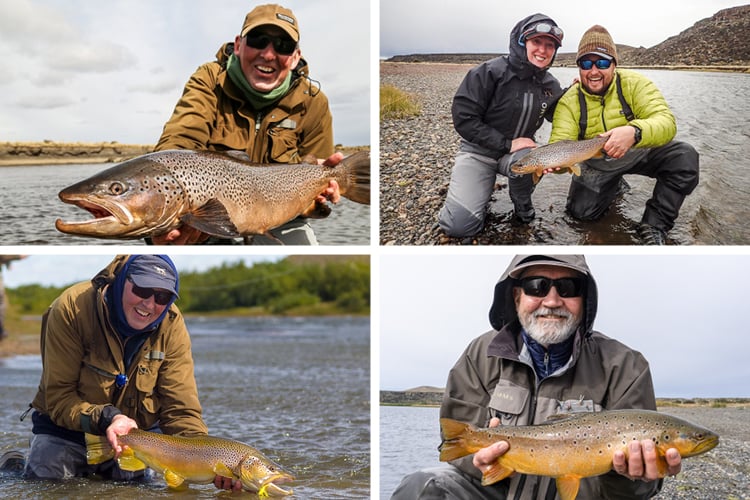

9: Keep Checking Your Flies
Always keep close attention to your dry flies and in between a few casts always check your fly. You are looking at the condition for hackle damage and properly positioned wings. If everything still looks ok add a small amount of floatant and carry on fishing. If the fly looks damaged in any way change the fly to one with a better presentation.
10: Never Underestimate the Twitch
Your casts haven’t spooked that big fish yet, but he’s not interested in your best dead drifts. A tiny twitch of less than an inch can turn your ignored dry fly into the most desirable living insect on the water. This basically changes a dead or dabbing fly to one that is caught in the surface film of water, and not much big hungry fish can resist a fly in distress as it looks like an easy meal.
Contact Us
Remember if you would like to come to join any of our destinations around the world where you can fish with dry flies feel free to contact our fly fishing team, they can be reached via 01603 407596 or by emailing info@sportquestholidays.com. There are many to choose from like Estancia Glencross in Argentina, Futa Lodge in Chile, No See Um Lodge just to name a few and we will be more than happy to discuss any of these options with you.
